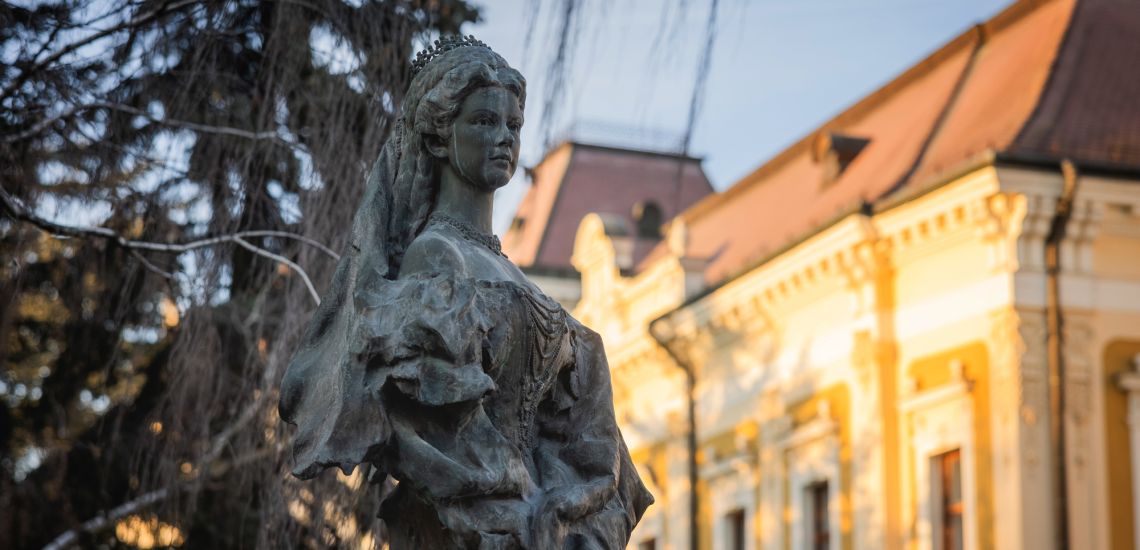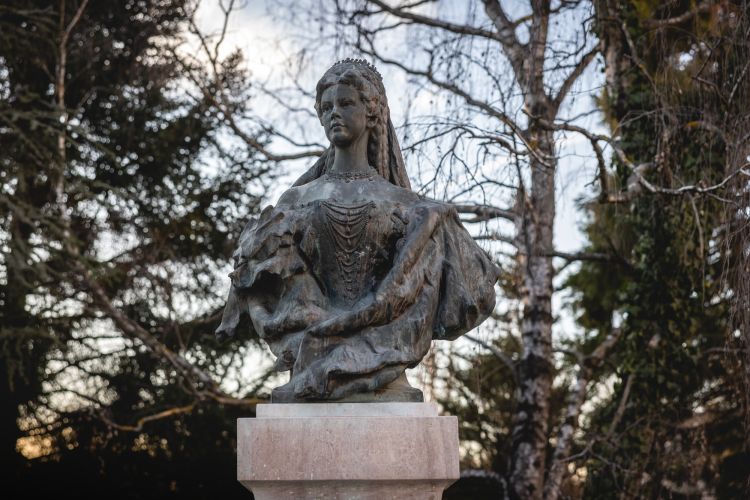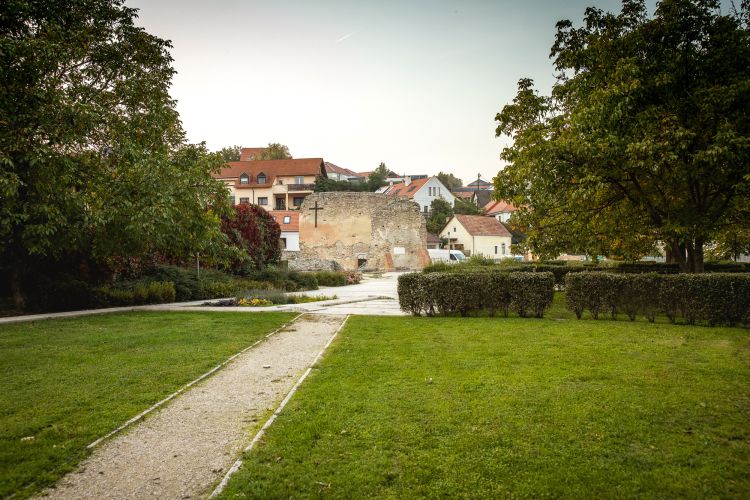
Queen Elizabeth, or Sisi as she is known to many, was an Austro-Hungarian monarch of the 19th century. In this period, modern-day Austria and Hungary were joined as a single empire. Despite living at the imperial court as the wife of Emperor Franz Joseph I – the monarch responsible for crushing the Hungarian War of Independence of 1848 – she was always on good terms with the Hungarian people, and took the fate of the Hungarian nation to heart.
She had a reputation as a wild and capricious queen.
She always felt a strong sense of personal responsibility for the Hungarian War of Independence of 1848, often expressing her sympathy for the Hungarians who fought for the freedom from the Austrian Empire. She showed great perseverance in studying Hungarian language and history, she took Hungarian courtiers to her side and she was in regular correspondence with the greatest luminaries of the Hungarian nation. She was a tireless advocate for their cause, writing dozens of letters appealing to the Emperor for reconciliation with the Hungarian people. This reconciliation finally came to pass in 1867, ushering in the establishment of the Austro-Hungarian Monarchy, with Franz Joseph being crowned as the King of Hungary and Elisabeth as Queen.
Contrary to previously established customs, the ceremony did not take place in Bratislava, but rather in Buda, in the Church of the Assumption of Our Lady, also known as the Matthias Church. Another interesting feature of the ceremony was that this time, the king’s wife was crowned on the same day as her husband, rather than a few days afterwards. In keeping with tradition, Queen Elisabeth was one of the queens crowned by the Bishop of Veszprém, in this case, János Ranolder.
Following the Queen’s tragic death, Veszprém was one of the first cities to erect a statue in memory of the beloved Queen of Hungary. Created by György Zala and erected in 1901, it was also the city’s first sculpture on public display.

